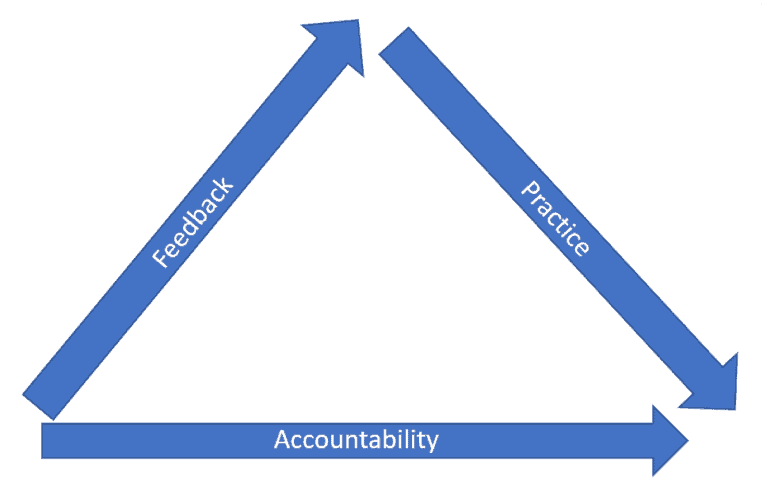Leadership and Communication Skills
for Effective Client Engagement
Collaborate 2019 opened with an impactful keynote speaker and message. Stacey Hanke’s “Be the Leader You Were Meant to Be, Monday to Monday”, resonated with myself and others. A notable takeaway from the message was developing communication skills for effective client engagement.
Communication Skills for Effective Client Engagement
Irecently had the experience of making a recommendation to a client that ignored me. This was nothing new, as many clients ignore or protest that our suggestions are not something they wish to pursue. Last week, a co-worker happened to make the same recommendation, and said client jumped at it with an exclamation, “that’s a great idea, let’s do that!” This surprised me to say the least. Why had they resisted whenever I suggested this same solution? I wanted to learn what I was doing, or not doing, that made the same process acceptable when suggested by someone else.
Stacey Hanke, author of two books on this very topic, gave me lots of suggestions through the Collaborate 2019 keynote session. I learned first that influencing others is not about changing myself entirely (which I welcome). However, analyzing my body language and/or delivery detractors that may sabotage my efforts at leadership may need adjusting. Her premise suggested that body language and the message itself must be consistent to be influential.
To effectively diagnose the problems, you need the following three things:

The Art of Self-Critiquing
Stacey explained that we often request feedback from people that for whatever reason, aren’t totally honest with us. They don’t mention the uncomfortable things, such as informing us, “you say ‘um’ or ‘uh’ a lot.” They also don’t mention you never paused during a presentation, or talked to the slide show instead of the audience. They simply say “you did great”, which ultimately provides no constructive feedback for us. As professionals, we need honest feedback to succeed.
Our practice must be deliberate. The only way to accomplish that effectively is to film our performance, then watch and critique it. We are much more brutal to ourselves than anyone else would be. Look for repeating words, and be especially aware of pauses. A pause after a statement gives the listener time to absorb the information.
Be committed to being self-aware and consistent. To illustrate this point, Stacey did what I thought was impossible. She had a ballroom full of people pair off and do a brief exercise. We stood face-to-face with another person and spoke about a given topic until told to switch. The listener’s job was to stop us if we said or did any of the following: fidget, lose eye contact, repeated “spacer words” (such as ‘so’, ‘and’, ‘okay’, ‘but’, etc.). Or, the cardinal sin, spoke endlessly without arriving at the point.
When you’re uncomfortable, there is a good probability that you are growing in that moment.
– Stacey Hanke, Keynote Speaker and Executive Mentor
An Impactful Communication Experience
The opening keynote at Collaborate delivered a wonderful learning experience in under an hour! My partner Jeff is a speech coach in his spare time, so I got some very useful feedback during the exercise. I’m looking forward to the presentations that follow the rest of the show.
There’s more to explore at Smartbridge.com!
Sign up to be notified when we publish articles, news, videos and more!
Other ways to
follow us:


